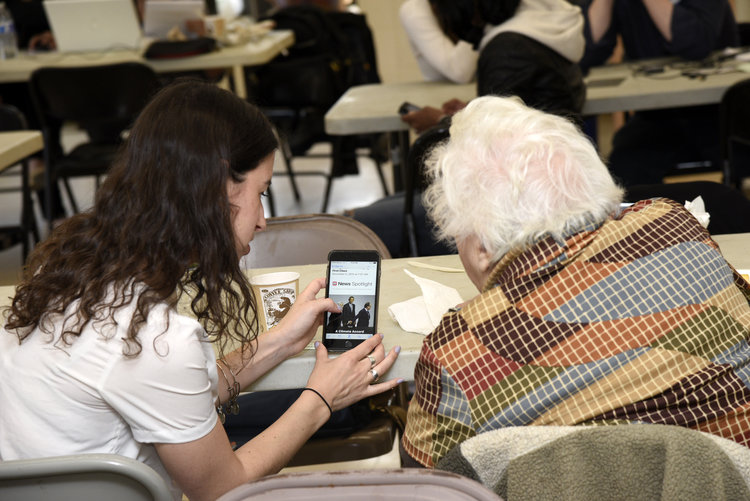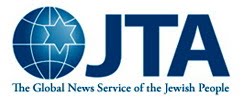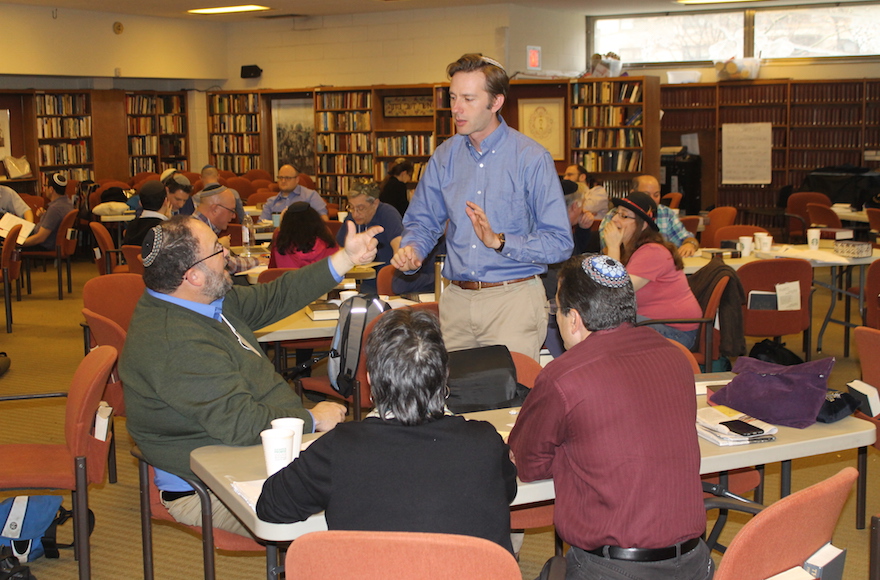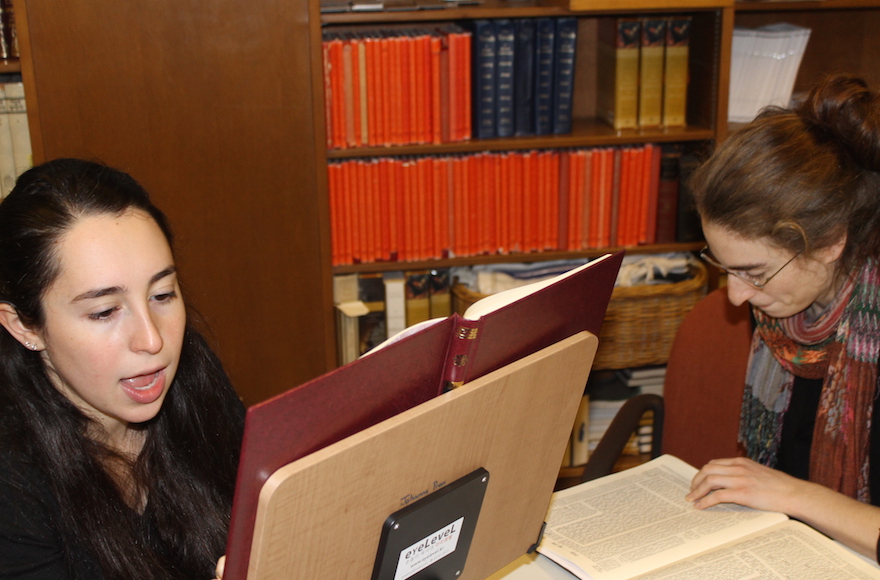 San Francisco, CA – As it marks its 10-year anniversary and completes a landmark merger, UpStart today announced its next phase in supporting communities advancing innovation in Jewish education and Jewish life. The organization has received new support from a coordinated group of funders, setting it on a path to elevate its place as a national intermediary supporting Jewish innovation nationwide.
San Francisco, CA – As it marks its 10-year anniversary and completes a landmark merger, UpStart today announced its next phase in supporting communities advancing innovation in Jewish education and Jewish life. The organization has received new support from a coordinated group of funders, setting it on a path to elevate its place as a national intermediary supporting Jewish innovation nationwide.
“As we maintain the vibrancy of our current programs, we also look towards the future with deliberate and thoughtful planning to serve innovators as a one-stop shop for the tools, network, and resources they need to succeed,” says Aaron Katler, CEO of UpStart. “This is an exciting and critical moment – we must rise to the challenge by playing an expanded role in the creation of new and vibrant Jewish experiences.”
The collaborative of funders includes previous and new donors, such as the Charles and Lynn Schusterman Family Foundation, The Crown Family, The Diane P. and Guilford Glazer Fund of the Jewish Community Foundation of Los Angeles, Jim Joseph Foundation, Joyce and Irving Goldman Family Foundation, Kaminer Family, Lippman Kanfer Foundation for Living Torah, Lisa and John Pritzker Family Foundation, Marcus Foundation, Natan Fund, SeaChange-Lodestar Fund for Nonprofit Collaboration, and the Walter and Elise Haas Fund.

The 18 months of funding supports the completion of the merger with Joshua Venture Group, Bikkurim, and the U.S. programs of PresenTense; critical planning processes; and the continuation of UpStart and the other merged organizations’ current programs. UpStart will continue working to fulfill its new and expanded vision:
- Expansion of programs to nurture innovation at every stage of organizational life;
- Increase in resources flowing into Jewish innovation, including more seed funding for innovative programs/initiatives;
- Investment in field-based research and evaluation of impact;
- Harnessing the power of a larger, more diverse innovation network; and
- Connecting a growing network of independent cities through regional hubs covering North America.
“UpStart has a record of success supporting individuals and leaders who have creative, dynamic visions for what Jewish life can be,” adds Barry Finestone, President and CEO of the Jim Joseph Foundation. “Along with our funding partners, we believe that the newly merged UpStart has even greater potential for impact. We want to provide them the space to engage in thoughtful future planning and to help position the organization to attract multi-year investment.”
UpStart will celebrate its 10-year anniversary with a community celebration honoring its founding CEO, Toby Rubin, on May 10th in San Francisco, where it was founded. Originally launched as an Accelerator for early-stage Jewish organizations bringing something fresh and relevant to Jewish life, UpStart later expanded its services to support long-standing institutions in opening up new pathways for impact.
With the merger, UpStart now has offices in the Bay Area, Los Angeles, Chicago, Denver, and New York. Collectively, UpStart hosts programs in 13 communities across the country, with plans for expansion. Since their inception, UpStart and its three merging organizations have fueled the impact of over 1,300 organizations and trained nearly 3,000 of the Jewish community’s most inspiring leaders. The collaborative of funders cumulatively awarded $3.2 million, a portion of which is allocated as matching grants designed to spur other giving.
 By day, Liora Brosbe is the family engagement officer for the Jewish Federation of the East Bay in Berkeley, Calif., where she reaches out to the community with a menu of opportunities for “connecting to Jewish life and each other.”
By day, Liora Brosbe is the family engagement officer for the Jewish Federation of the East Bay in Berkeley, Calif., where she reaches out to the community with a menu of opportunities for “connecting to Jewish life and each other.”


 NEW YORK (
NEW YORK (

 Jewish students across the country mobilized to create affordable solutions to improve lives.
Jewish students across the country mobilized to create affordable solutions to improve lives.
